See another side of Cyprus away from the seaside
While most travellers to the Mediterranean republic flock to its beaches, there’s plenty more to discover for those who venture inland.
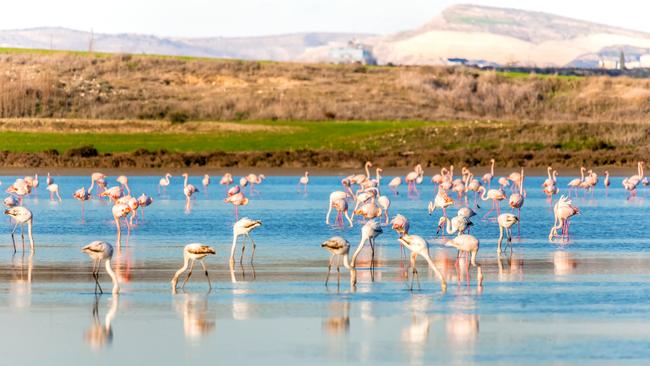
Millions of visitors flock to Cyprus to soak up the sun and sea but it’s another body of salt water that interests me. On the first day of spring in the gateway city of Larnaka (the country’s other international airport is at Pafos), I’m squinting against the dazzling Mediterranean light, gazing over the salt lakes hoping for a flash of blush-pink.
When I flew into Larnaka the previous night, I asked the car-rental attendant if the flamingos were still in town. Yes, she said. The birds winter here, gorging on Lake Alyki’s brine shrimp. No matter how hard I scan the lake, though, I can’t see a single one. Perhaps they’ve moved on, to the saline Lake Akrotiri (where a rare black flamingo was spotted in 2015) at Limassol in Cyprus’s south or continued to Africa.
It’s disappointing but I’m about to be stopped in my tracks by a leggy strut in the most unexpected place. Pano Lefkara (pano means upper) is a mountain village a half-hour drive away that’s famous for handmade lace and silver ware. As I nose through its narrow streets, my progress is blocked by a photo shoot. A model in an evening gown, shimmering like a peacock’s breast feather, sashays towards me before she and the crew press themselves into alcoves to let me pass.
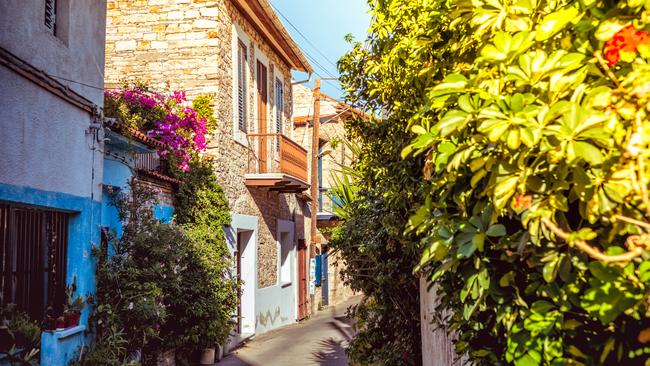
As I discover, Pano Lefkara is a creative director’s dream. Streets and homes of pale stone are softened with sky-blue shutters, billowing pink geraniums, olive trees and palms. Cars must be parked in a communal lot, making the streetscape even more photogenic. At night, cushioned chairs are left sitting outside shops. During the day, they’re occupied by women continuing a tradition dating from the 14th century.
Lefkaritika (Lefkara lace) is inscribed on UNESCO’s Intangible Cultural Heritage list. Both an art and a social practice, the bold work blends the embroidery of the Venetians who ruled Cyprus from 1489 to 1571, age-old Greek and Byzantine geometric patterns and native craft. I pause outside a store where a craftswoman is looping French thread through Irish linen to create a margarita (daisy). She instantly quits chatting with her friend to usher me inside. Although I’m not planning on a purchase, I somehow walk out with a silver filigree bracelet around my wrist and a hankie stitched with purple blooms that’s also thrown into the sale.

Besides the artisan wares, the other attraction that drew me here is the Agora Hotel in Pano Lefkara. Danish couple Aleks Eng and Emilie Green Novel opened the two-storey, 18-room hotel in December last year after renovating a historic building that was once the village market (agora means a gathering place). Their strongly realised vision includes a heated saltwater courtyard pool that’s a drawcard for influencers, a palette that includes pops of terracotta and olive, a destination restaurant called Novel, where I breakfast on cilbir and za’atar toast, a yoga studio and even road bicycles to rent. For me, the best part about staying at the Agora is hitching a ride in the golf buggy to reach my luggage stashed back in the car.
Next stop: Pano Platres, long favoured as a refuge from Cyprus’s furnace-like summers. The village is tucked into pine forest at an elevation of 1200m, near Mt Olympus (the island’s highest peak) in the Troodos mountain range. I’ve picked it for a nature fix that’s also an easy drive to Lefkosia (Nicosia). So it’s a bonus to discover Nobel Prize-winning poet George Seferis immortalised the village with a line about the nightingales that don’t let you sleep. I pause to listen to the forest: sure enough, it serenades me.
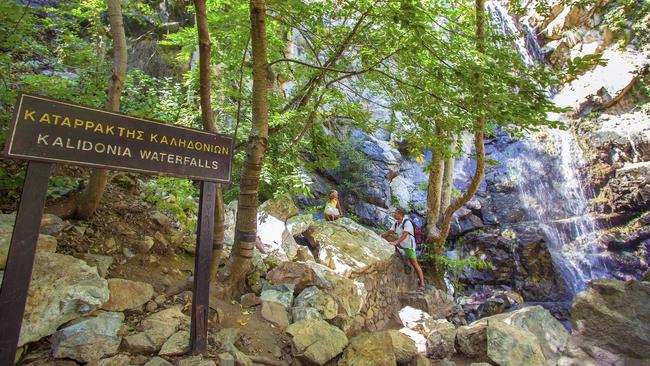
From my hotel, I hike to the 13m-high Kalidonia Falls, said to be Cyprus’s most attractive cascade. Along the 3km uphill route that follows the perennial Kryos Potamos River, Calabrian pines give way to black pines, with the trail punctuated by pink wildflowers. I’m surprised to see elderly hikers in socks and sandals also tackling the rough-and-ready track.
If I’m ever back this way I’d swap my hotel (unremarkable apart from the 250-year-old pine tree growing right through the bar) for the Forest Park Hotel simply for its illustrious history. Not only did Seferis check in, it was here that Daphne du Maurier penned some of her 1938 novel Rebecca (which became an Oscar-winning Hitchcock film). During World War II, the hotel was commandeered by the British army and became a military hospital. Soon after war’s end, King Farouk, Egypt’s last king, graced the hotel. A barman created the brandy sour – a cocktail resembling tea – for the Muslim monarch who couldn’t be seen drinking alcohol.
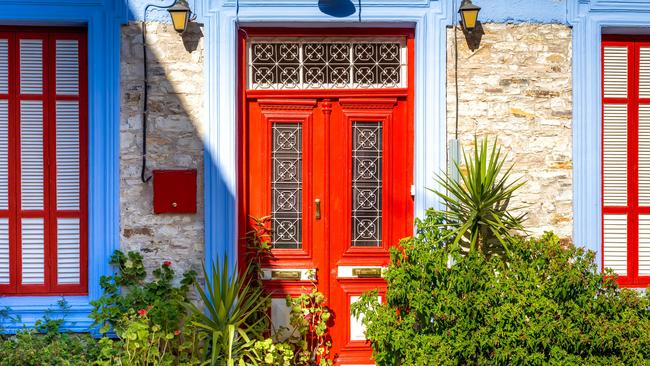
After poking around Lefkosia, Europe’s last divided capital city, I circle back to Larnaka and scrape into St Lazarus’s dank tomb just before the eponymous church closes for the day. Then I farewell Cyprus as many sun-seekers do: with a pile of fried kalamari seasoned with salt air.
I’m sated in every way but Cyprus has one last surprise for me. Returning to the airport in the faint dawn light, I glance at another part of the salt-lake system, do a double-take and then a U-turn. Those damn flamingos have been here all along.
In the know
Qatar Airways flies to Larnaka from Australia via Doha; Emirates via Dubai.
Cyprus is an easy driving destination for Australians; cars drive on the left. The steep interior roads feature light traffic, which is why they’re popular with cyclists. At Larnaka airport, car-rental options include Sixt.
The Agora Hotel in Pano Lefkara is in the hills of southeast Cyprus, a half-hour drive from Larnaka airport. Rooms from €142 ($240) a night.


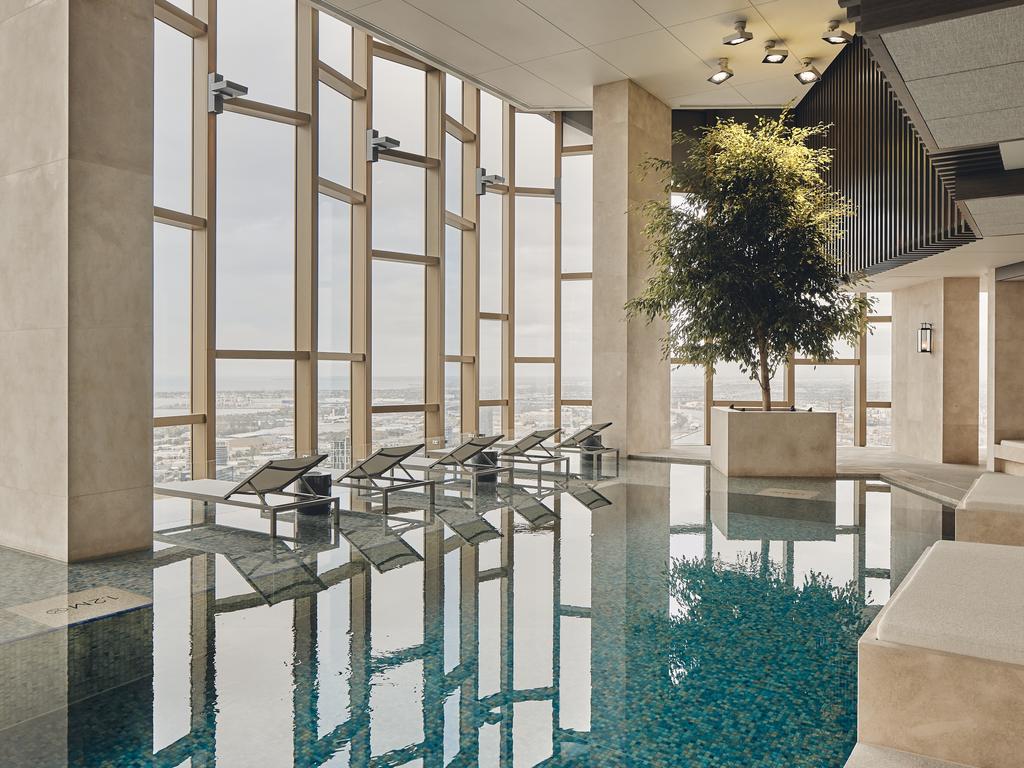
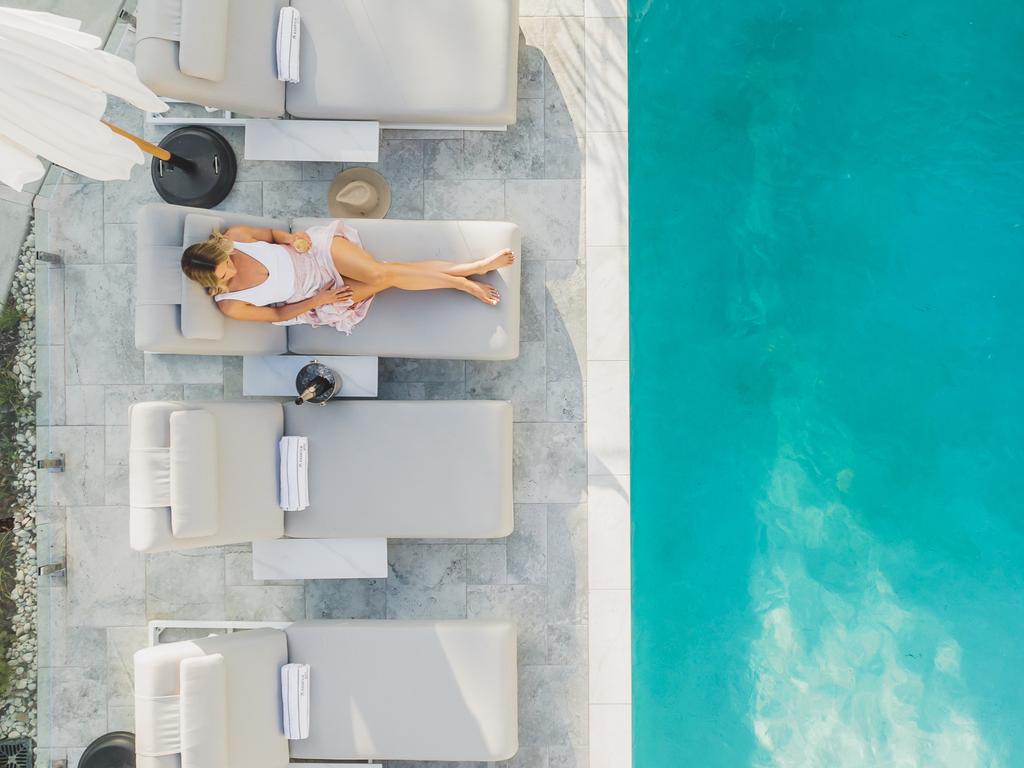
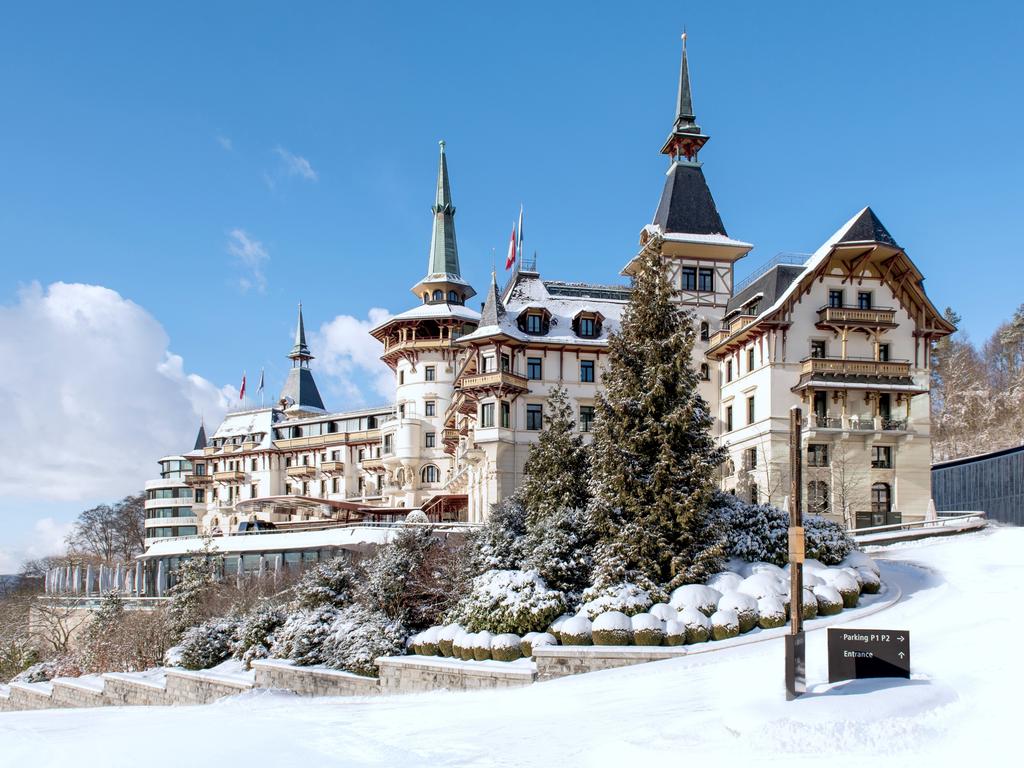
To join the conversation, please log in. Don't have an account? Register
Join the conversation, you are commenting as Logout